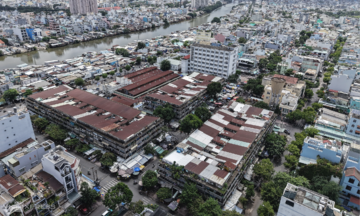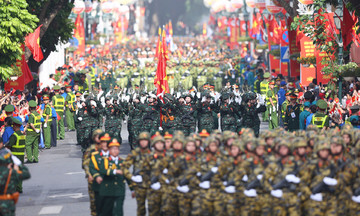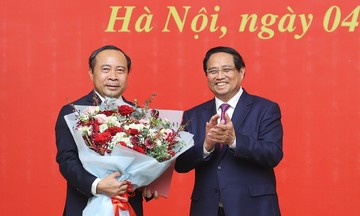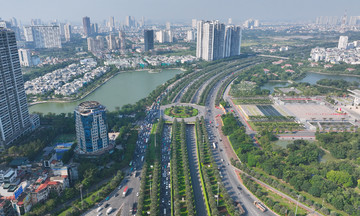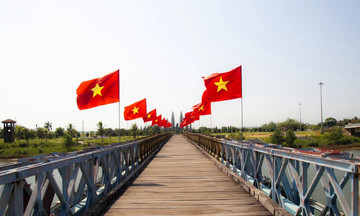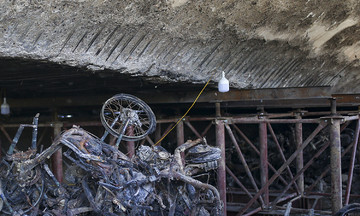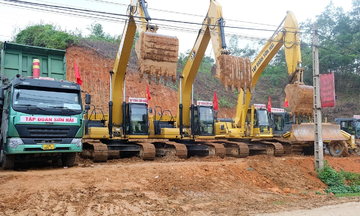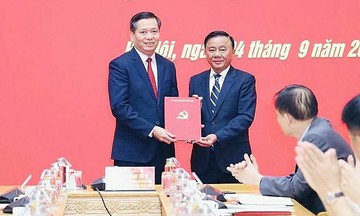On 4/9, Power Project Management Board No. 3, Vietnam Electricity (EVN), successfully energized the 110kV Con Dao transformer station. This officially launched the project to supply power from the national grid, originating in Can Tho and crossing the sea to the Con Dao special administrative-economic unit of Ho Chi Minh City.
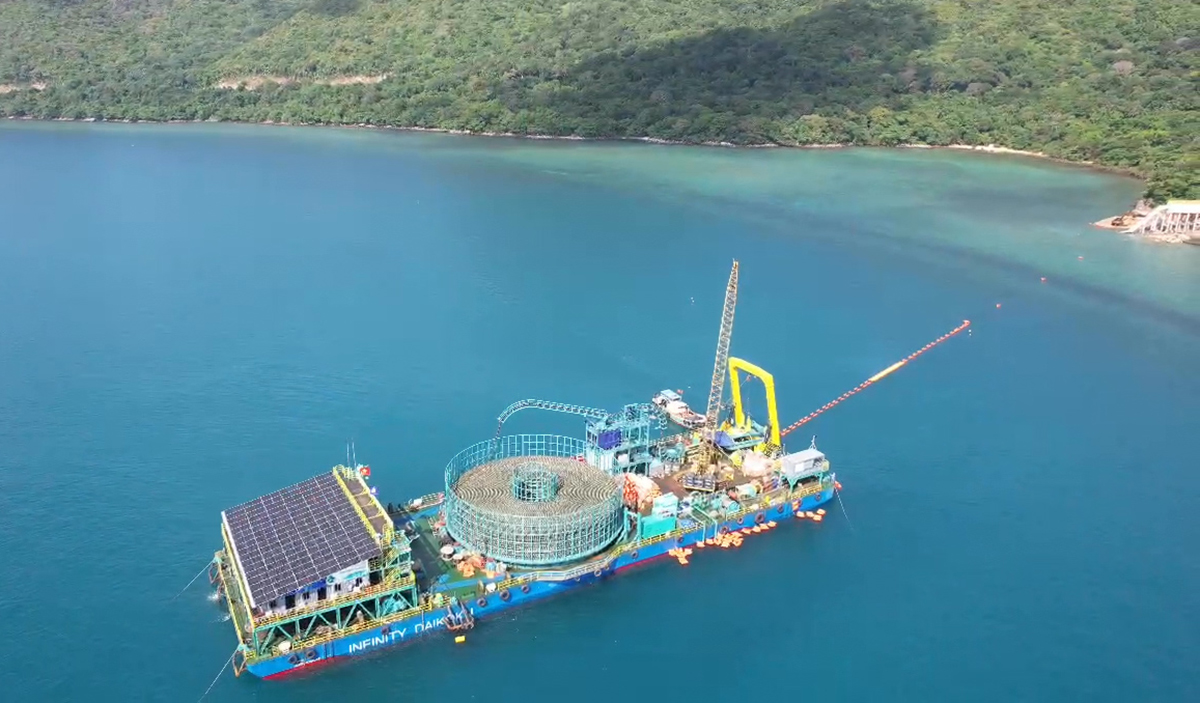 |
Construction of the undersea cable from Can Tho to Con Dao. Photo: Viet Ha |
Construction of the undersea cable from Can Tho to Con Dao. Photo: Viet Ha
EVN invested in the project, which includes a 17.5 km overhead line through Can Tho, a 77.7 km undersea cable connecting the mainland to the island, and an 8.5 km undersea cable within Con Dao. The project also expanded the 220kV transformer station in Vinh Chau ward (Can Tho) and built a new 110/22kV GIS transformer station in Con Dao.
According to EVN, the project's successful energization ensures a safe, continuous, and stable power supply for Con Dao, meeting the needs of socio-economic development and national defense and security. The project replaces local diesel generators, reduces electricity production costs, limits greenhouse gas emissions, and contributes to Vietnam's commitment to emission reduction and sustainable development.
Construction of the undersea cable to power Con Dao. Video: Viet Ha
The project also demonstrates the Vietnamese power sector's ability to implement large-scale energy projects with modern technology under complex and challenging offshore conditions.
The project is planned to supply Con Dao with a total capacity of approximately 29 MW in 2026, over 55 MW in 2026, and 90 MW by 2035.
The Con Dao special administrative-economic unit consists of 16 islands with a total land area of over 75 km2 (the largest island being Con Son at 51.52 km2) and a population of over 13,000. Previously part of Ba Ria - Vung Tau province, it is now under the administration of Ho Chi Minh City. The special administrative-economic unit holds strategic importance for national defense, security, and maritime sovereignty. It is also a valuable historical, cultural, and tourist destination.
Previously, the local power system relied on limited-capacity (11.8 MW) diesel generators, which were insufficient for socio-economic development.
An Binh



